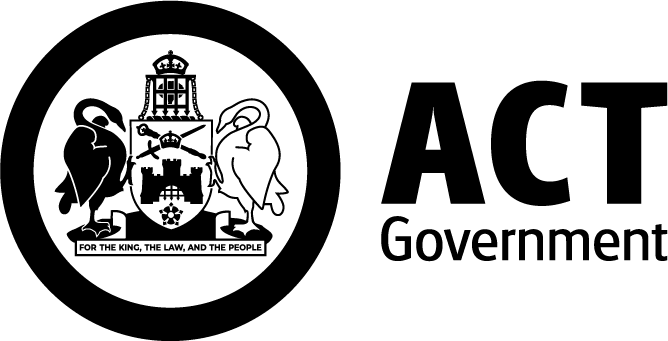Red Imported Fire Ant
The Red Imported Fire Ant (Solenopsis invicta) is one of the world’s worst invasive species. It's recognised as a significant pest under the National Environmental Biosecurity Response Agreement (NEBRA).
Fire ants have a detrimental effect on the environment and agriculture. They can also cause painful bites on humans or animals. Bites can cause a small blister to form at the site of each sting after several hours.
There haven't been any fire ant sightings in the ACT.
Fire ants have been targeted for eradication in Queensland since 2001. They've since been spotted in:
Stay updated on fire ant outbreaks across Australia.
Help identify and report fire ants
You can help stop the spread of fire ants by:
- checking the measures before entering the ACT with hay, turf, soil, mulch, potted plants, or machinery from NSW and Queensland
- reporting a fire ant location to ACT Biosecurity by emailing ACTBiosecurity@act.gov.au or calling 02 6207 3587. if you identify the pest species.
Fire ants look similar to ordinary house or garden ants. They're small, reddish-brown on the head and body, with a darker abdomen. They can come in a variety of sizes within one nest, ranging from 2-6 mm. This is a distinguishing feature of fire ants.
Their nests look like dome-shaped mounds up to 40 cm high. Mounds won't always be evident but are usually found in open areas such as lawns, pastures and along roadsides.
If you think you've seen fire ants or their nests, don't disturb or touch them. Contact ACT Biosecurity by emailing ACTBiosecurity@act.gov.au or calling 02 6207 3587 to report the sighting.
National Fire Ant Eradication Program
Governments are working together to remove the Red Imported Fire Ant. The National Fire Ant Eradication Program aims to contain, eradicate and suppress the species. It's Australia's largest biosecurity eradication program.
Without the program, Red Imported Fire Ants would infest approximately 100 million hectares. It would affect the country from Mackay in the north, west to Longreach and south to Canberra.
Read more about the National Red Imported Fire Ant Eradication Program partnership.
Restrictions to possession, supply and imports
Under the Biosecurity Act 2023, a Biosecurity (Fire Ant) Control Declaration 2025 is in place that prohibits a person from moving a fire ant carrier into the ACT from an infested area. It is an offence not to comply with this control declaration. The declaration provides details of your obligations.
Businesses and industries can use a free fire ant compliance tool.
